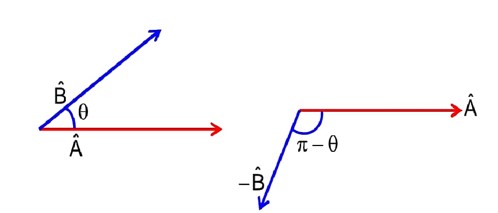Physics Motion in Plane
Get insights from 107 questions on Physics Motion in Plane, answered by students, alumni, and experts. You may also ask and answer any question you like about Physics Motion in Plane
Follow Ask QuestionQuestions
Discussions
Active Users
Followers
New answer posted
2 months agoContributor-Level 10
v? = 3tî v? = 24cos 60°î + 24sin 60°? = 12î + 12√3?
v? = v? – v? = (12 – 3t)î + 12√3?
It is minimum when 12 - 3t = 0 ⇒ t = 4sec
New answer posted
2 months agoContributor-Level 10
ω = θ² + 2θ
α = (ωdω)/dθ = (θ² + 2θ) (2θ + 2)
At θ = 1rad.
ω = 3rad/s and α = 12rad/s²
a? = αR = 12 m/s² a? = ω²R = 9 m/s² A? = √ (a? ² + a? ²) = 15 m/s²
New answer posted
2 months agoContributor-Level 10
Maximum range is obtained at 45?
u²/g = 1.6 or u = 4m/s
T = (2u sin 45? )/g = (2*4* (1/√2)/10 = 0.4√2s
Number of jumps in a given time, n = t/T = 2√2 / 0.4√2 = 5
New answer posted
2 months agoContributor-Level 10
T = 2πR/v ⇒ v = 2πR/T
H? = (v²sin²θ)/2g = (2π²R²sinθ)/ (gT²) = 4R
sinθ = (2gT²)/ (π²R)¹/²
θ = sin? ¹ [ (2gT²)/ (π²R)]¹/²
Taking an Exam? Selecting a College?
Get authentic answers from experts, students and alumni that you won't find anywhere else
Sign Up on ShikshaOn Shiksha, get access to
- 65k Colleges
- 1.2k Exams
- 679k Reviews
- 1800k Answers


